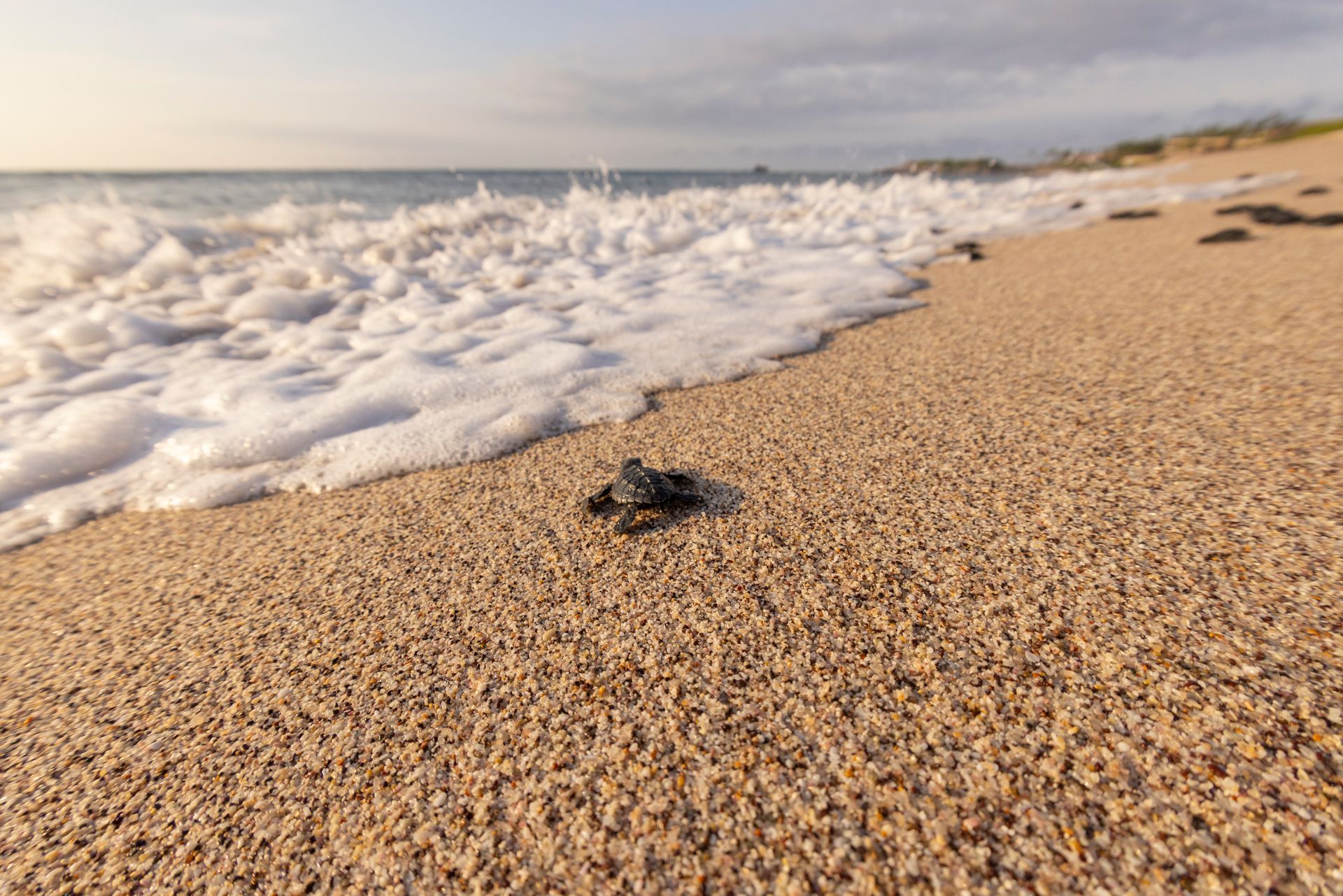Whale Watching in Punta Mita: Nature’s Most Majestic Show
Every year, from mid-December to late March, the tranquil waters of Banderas Bay transform into a stage for one of nature’s most awe-inspiring performances: the migration of humpback whales. Drawn by the bay’s warm, sheltered waters, these gentle giants travel thousands of miles from the icy feeding grounds of Alaska to mate, give birth, and nurture their young right off the coast of Punta Mita. If your vacation coincides with whale season, you’re in for an unforgettable experience.
Why Punta Mita is Perfect for Whale Watching
Punta Mita sits at the northern edge of Banderas Bay—one of the largest natural bays in the world—providing prime viewing points both on land and at sea. Here, whales come remarkably close to shore, meaning you might spot one breaching right from your beachfront villa, the Pacifico Beach Club.
What You’ll See
Humpback whales are famous for their acrobatics. Expect to witness spectacular breaches, tail slaps, fin waves, and perhaps even a mother teaching her calf to swim. Their haunting songs—sometimes audible underwater to divers—add an almost magical soundtrack to the encounter.
Best Ways to Experience It
- Boat Tours: Join a guided whale-watching excursion with the experts who can share fascinating insights about whale behavior and ensure a respectful, eco-conscious experience.
- From Shore: Bring binoculars to popular viewing points like Punta Mita's pier or Pacifico Beach Club for a more relaxed experience.
Responsible Whale Watching
Punta Mita Ocean Sports always use certified tour operators who follow responsible whale-watching guidelines. Keeping a safe distance not only protects the whales but also ensures they continue to return year after year.
Whale season in Punta Mita is more than a sightseeing opportunity—it’s a chance to witness a centuries-old migration that connects oceans, continents, and cultures. Whether you’re on a boat, on the beach, or simply watching from your balcony, these moments remind us of the ocean’s beauty and the importance of preserving it for generations to come.



